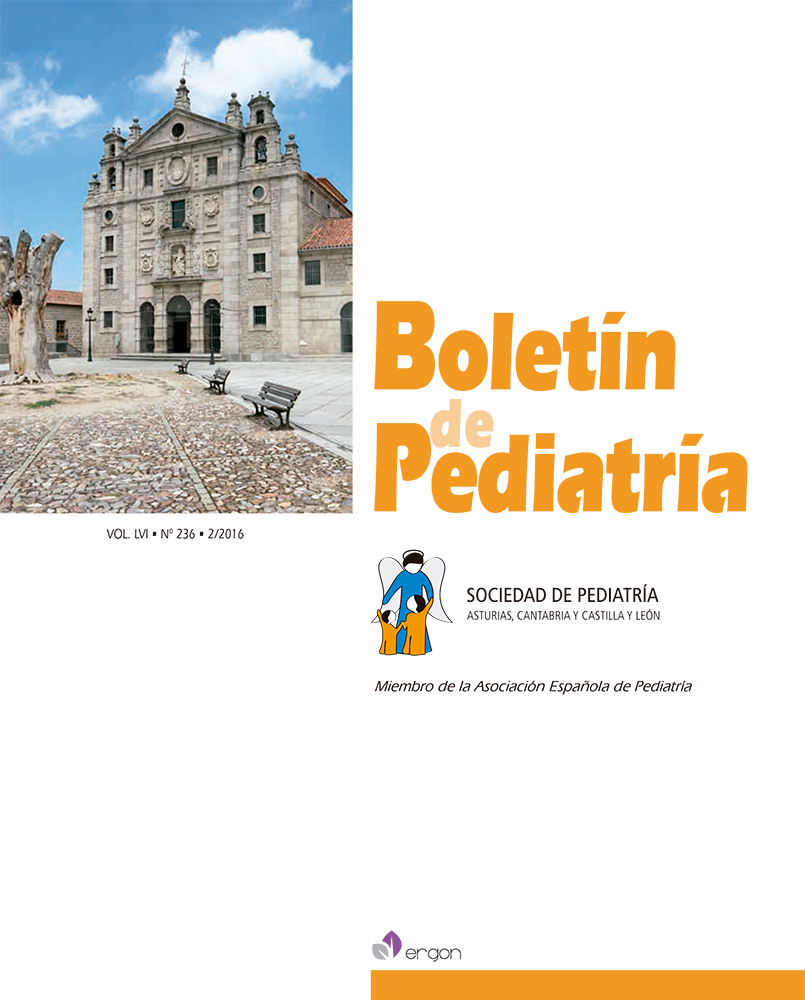Abstract
Cranioencephalic traumatism (CET) is a cause of frequent medical visits in the Pediatric Emergency Department, most of them being mild. After evaluation with the pediatric assessment triangle and classification on an emergency level, an action protocol should be applied that establishes its adequate management and request for imaging test. The purpose of the study is to analyze the characteristics of two groups of patients evaluated with a different of 4 years, to establish their initial evaluation, imaging tests and need for hospital observation.
Results. Total 169 episodes (prevalence 2.6%). Year 2010: 92 episodes, 90 patients. Year 2014: 77 episodes, 76 patients. In both years, there was a predominance of male gender, the most prevalent reason for the visit was isolated CET, and when symptoms were associated, vomiting clinically predominated, while in the physical exam, the external wound predominated. The recording of the vital signs of heart rate and blood pressure has significantly increased. The percentage of simple brain x-rays performed globally has reduced by 1.4% and the age range between 1 and 2 years by 7.1%.
The percentage of cranial computed tomography was similar in both years. A total of 13% required observation in 2010 and 9.1% in 2014.
Discussion. It is essential to achieve a balance in urgent assessment of stable CET that would make it possible to reduce the radiation applied to the patient in form of conventional radiology, to maintain adaptation of the indication of the cranial CT scan indication and the patients stay in form of hospital observation.

This work is licensed under a Creative Commons Attribution-NonCommercial 4.0 International License.
Copyright (c) 2016 Boletín de Pediatría
